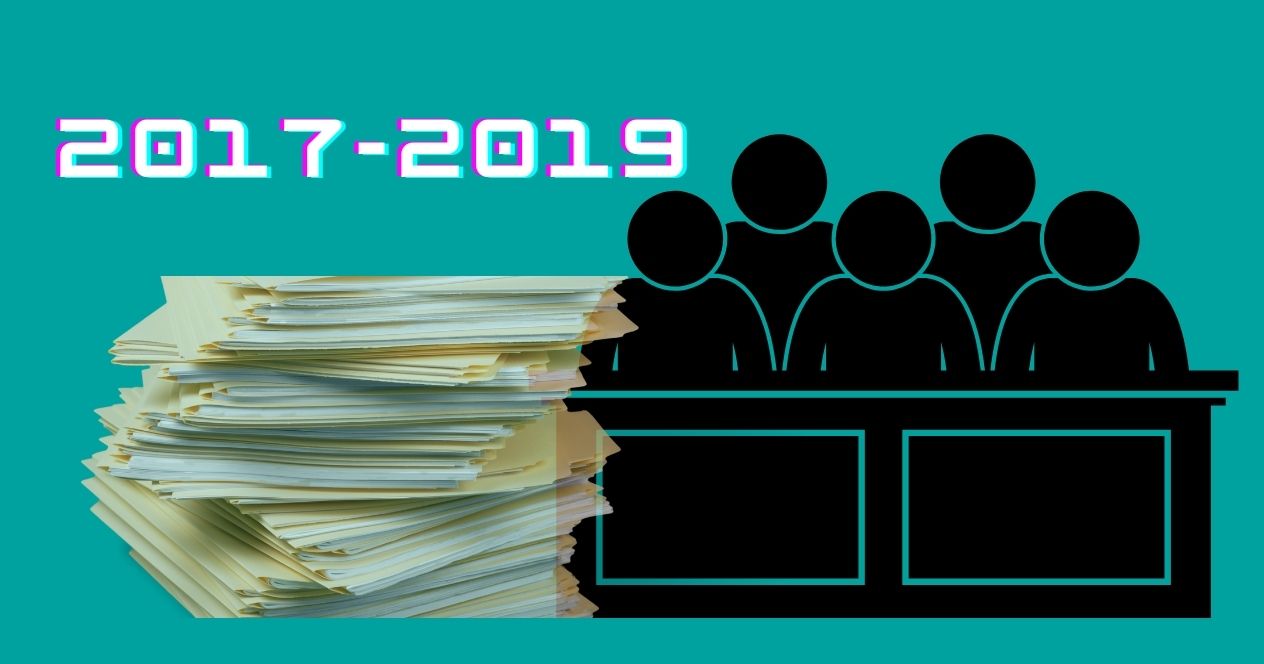Court Data
Transfers of HC Judges 2017-21
Since 2017, there have been 88 recommendations for transfers of HC judges and Chief Justices, 33 of which were issued on Sept 16th 2021.

On October 3rd 2017, the Supreme Court (SC) issued a resolution recognising the need for transparency in the collegium system. They stated that future resolutions would indicate the reasons for any of its recommendations. This included appointments, elevations and transfer of judges of the High Courts and Supreme Court. Previously, we traced the reasons given by the collegium for appointment of SC judges. We identified five explicitly mentioned factors stated in these resolutions.
In this post, we examine the recommendations for transfers of High Court judges passed by the collegium since 2017.
Since 2017, there have been 88 recommendations for transfers of High Court judges and Chief Justices. As the graph indicates, a whopping 33 recommendations for transfer were issued on September 16th 2021. This is the highest number of transfers ever made since 1950. In fact, transfers were very rare in the past, with as few as 25 transfers made between 1950 and 1976.
During the Emergency, 16 judges were transferred without their consent. Many have argued that this was a way to ‘punish’ judges who passed orders that were unfavourable to the government. Parallels have been drawn between the transfers during the Emergency and the September 2021 transfers, reigniting the demand for transparency and accountability from the collegium.
The transfer of Justice Sanjib Banerjee from the Madras High Court (which handles around 35,000 cases a year) to the Meghalaya High Court (which handles 900 cases a year) was perceived by some as ‘professional exile’. A similar controversy broke in 2019 regarding the transfer of Chief Justice of Madras High Court VK Tahilramani to the Meghalaya High Court. Her application for reconsideration of the transfer was denied, leading to her resignation. In response to the controversy, the Supreme Court issued a statement indicating that the transfer recommendations were made in the interest of better administration of justice.
Determining whether this claim is true, or if the transfers are indeed punishments, can be made clear if the collegium publishes the reasons for transfers and the transferred judge’s judicial performance. However no such clarity is available.
The resolutions until 2020 provide brief reasons for the transfers. 23 resolutions indicate that the transfer was done “in the interest of better administration of justice”. Four recommendations indicate that the transfer was done specifically to fill a vacancy. After 2020, 52 recommendations were passed. None contain any reasons, and only indicate essential information such as the name of the judge, and the High Courts between which they are being transferred.



